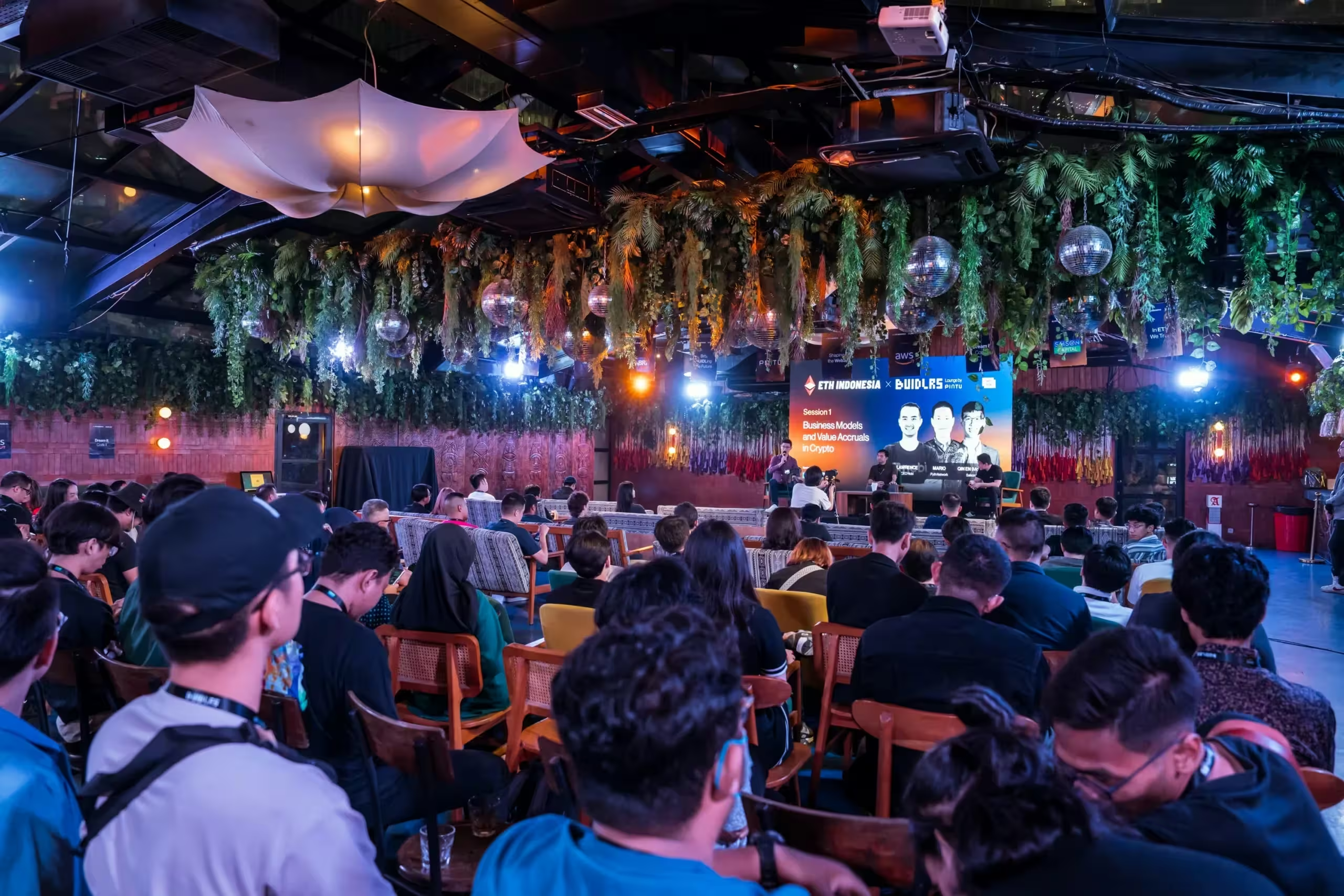How to Blend In-Person and Virtual Experiences for Maximum Engagement
Hybrid events—those that combine in-person experiences with virtual participation—have become the new standard in event planning. Whether you’re hosting a conference, workshop, fundraiser, or seminar, hybrid events allow you to expand your reach, increase flexibility for attendees, and adapt to changing circumstances.
But blending two distinct audiences into one cohesive experience isn’t easy. Without the right strategy, your hybrid event can feel disjointed—leaving your virtual attendees disengaged or your in-person guests disconnected from the broader experience.
At Social Link, we’ve helped clients across industries create successful, seamless hybrid events that deliver value to both in-person and virtual audiences. Here’s a breakdown of best practices to ensure your next hybrid event is a success.
1. Define Clear Goals and Audience Expectations
Before diving into logistics, define the purpose of your event and the experience you want to create for both audiences.
- What do you want attendees to learn, feel, or do?
- How will success be measured—attendance, engagement, revenue, or something else?
- What’s the unique value for in-person attendees vs. virtual participants?
By clarifying these objectives upfront, you can design the event experience around your goals, ensuring that both audiences feel included and engaged.
2. Prioritize a Robust Tech Stack
Technology is the backbone of every hybrid event. A seamless experience for virtual attendees depends on reliable streaming, interaction tools, and platform integration.
Key components to consider:
- High-quality audio and video: Invest in professional-grade equipment to ensure clear streaming for remote audiences. Poor audio or video can lose virtual participants fast.
- Interactive platform: Choose an event platform that supports live streaming, polls, Q&A, and breakout rooms—allowing virtual attendees to engage meaningfully.
- Backup plans: Always have contingency plans for tech hiccups, including redundant internet connections and backup devices.
A well-integrated tech stack ensures smooth transitions between in-person and virtual elements, creating a cohesive experience.
3. Design for Engagement Across Both Audiences
Hybrid events work best when both audiences feel seen and valued. Avoid the common pitfall of focusing on one audience at the expense of the other.
Engagement strategies:
- Dedicated hosts/moderators: Assign a virtual host to manage online engagement and a physical emcee for the in-person crowd. Both roles should coordinate to keep the experience unified.
- Interactive elements: Use live polls, Q&A sessions, and chat features to bring virtual attendees into the conversation. Make sure in-person attendees can also see and respond to virtual input.
- Shared experiences: Plan networking opportunities or group activities that involve both audiences—like shared breakout sessions or collaborative workshops.
4. Optimize Content for Hybrid Delivery
What works for an in-person audience may not translate well to virtual participants. Content should be adapted to both formats.
- Shorter sessions for virtual attendees: Online audiences fatigue faster. Break content into shorter, digestible segments with frequent breaks.
- Hybrid-friendly presentation styles: Use dynamic visuals, clear audio cues, and varied formats (panels, fireside chats, interactive demos) to keep energy high across audiences.
- Pre-recorded content: Consider mixing live sessions with pre-recorded segments for flexibility and to ensure content quality.
5. Communicate Early and Often
Clear communication is crucial before, during, and after the event. Make sure both audiences know what to expect and how to participate.
- Pre-event emails and guides: Send detailed instructions on how to access the event, engage in sessions, and participate in networking.
- Real-time updates: Use in-app notifications, social media, or email to share live updates, schedule changes, or engagement prompts during the event.
- Post-event follow-up: Send thank-you messages, recordings, and survey links to both audiences. This reinforces engagement and provides valuable feedback for future events.
6. Measure Success and Gather Feedback
The best way to improve your hybrid events is through data and feedback. Measure key metrics like:
- Attendance rates (in-person vs. virtual)
- Engagement levels (polls, chats, Q&A participation)
- Technical performance (streaming quality, platform uptime)
- Post-event surveys and qualitative feedback
Analyzing these results helps refine your hybrid event strategy and improve future experiences.
Partner with Experts for Your Next Hybrid Event
At Social Link, we specialize in helping organizations plan, promote, and execute hybrid events that feel seamless and deliver results. From event marketing strategies to tech integration and content planning, we help ensure every audience feels connected and engaged.
Don’t leave your event success up to chance. Let’s build a hybrid event experience that your attendees will remember for all the right reasons.Ready to get started?
Contact Us Today to Plan Your Next Event


